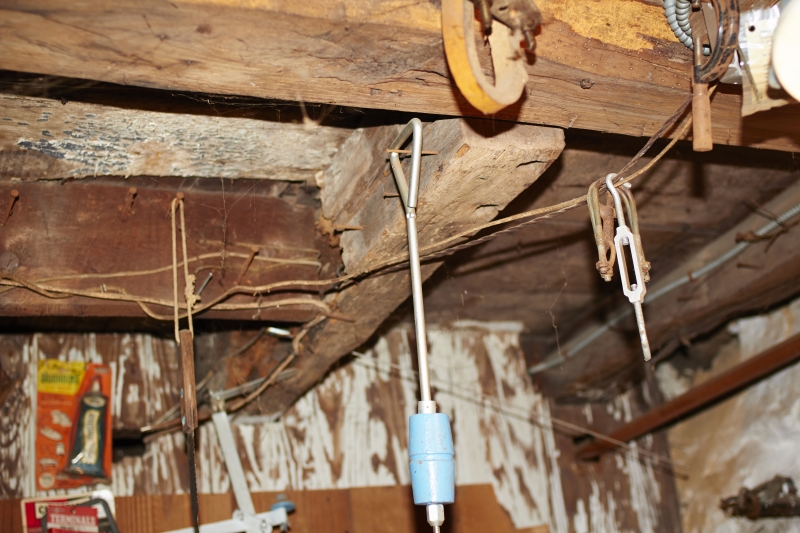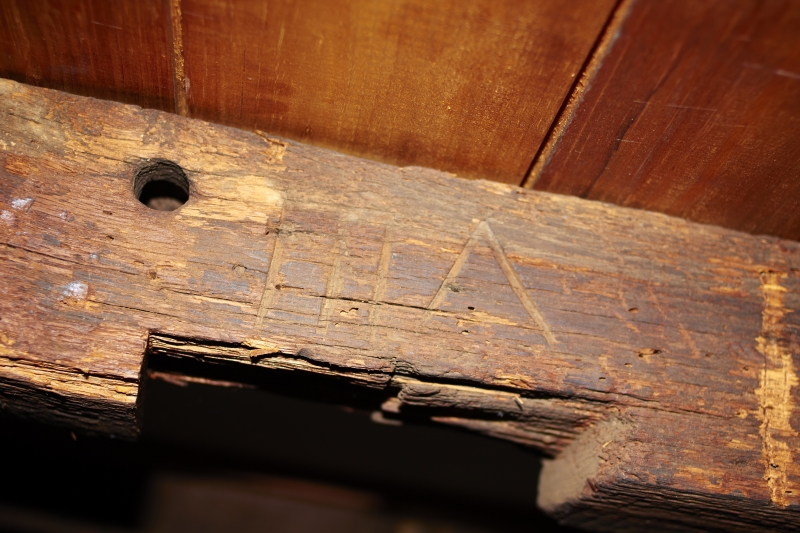

The Feake-Ferris House is...
The OLDEST house of Greenwich.
The FIRST house in Greenwich.
UNIQUE, in that it is on its original site.
Among the oldest houses in America.
Saved from demolition and undergoing restoration by the Greenwich Point Conservancy under a Strategic Alliance Agreement.
Will be open to the public on a limited basis after completion of the restoration.
The FEAKE-FERRIS HOMESTEAD
In 1640, Elizabeth Winthrop Feake purchased "Elizabeth's Neck", including what is now known as Greenwich Point and the lands leading to the Point, upon which the Feake home was constructed - the first house in Greenwich. The Feake house, dating to 1645, was a "one-over-one" house, and the original cellar, post and beam frame and roof rafters of the Feake house are still in place on the west (left) side of the house, which sits on its original site.
Jeffrey Ferris purchased the Elizabeth Winthrop Feake “manor” in 1653, including "lands and homestead". Jeffrey Ferris expanded the Feake house in approximately 1660, by adding a "lean-to" structure in the rear (north) of the house.
Jeffrey's son James, who inherited his father's house following Jeffrey's death in 1666, expanded the house in 1689 to its present "two-over-two" configuration, by adding the east (right) side of the main house and expanding the "lean-to" in the rear, resulting in the existing "salt box" house.
A 2015 dendrochronology analysis of the house dated the west side of the existing house--the Feake House - to 1645; the north "lean-to" addition to the Feake house made by Jeffrey Ferris to 1660; and the east side and expansion of the "lean-to" - the James Ferris expansion - to 1689.
In 1640, Elizabeth Winthrop Feake purchased "Elizabeth's Neck", now know as Greenwich Point, upon which the Feake/Hallet home was constructed as the first house in Greenwich in or about 1645.
House thought to have been damaged by British cannon fire during Revolutionary War and repaired using original timbers.
Later 20th century modifications, which will be removed.

Historic Opportunity
Historic Opportunity
The Ferris House Will be Saved
Historic Opportunity
Historic Opportunity
The Ferris House Will be Saved
Architect's Rendering of restored Feake-Ferris House
Current Condition





